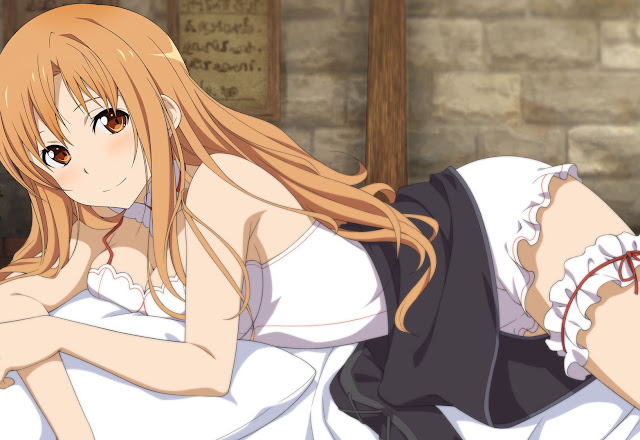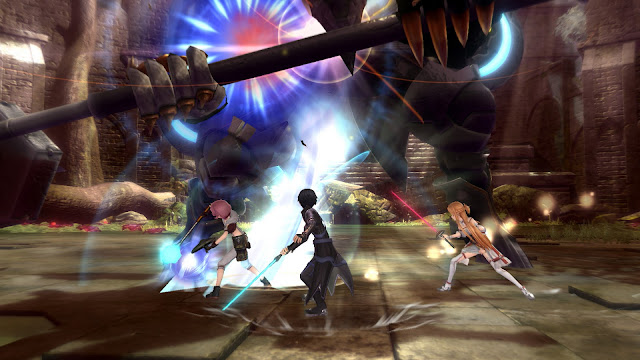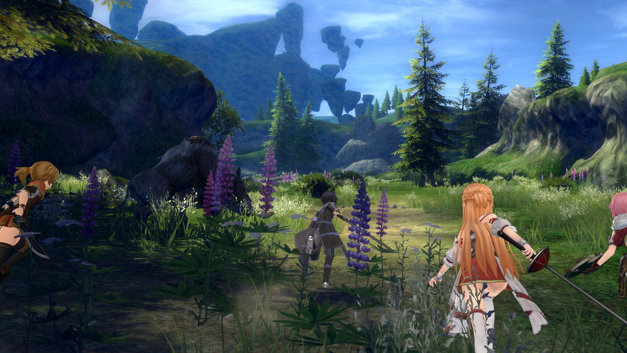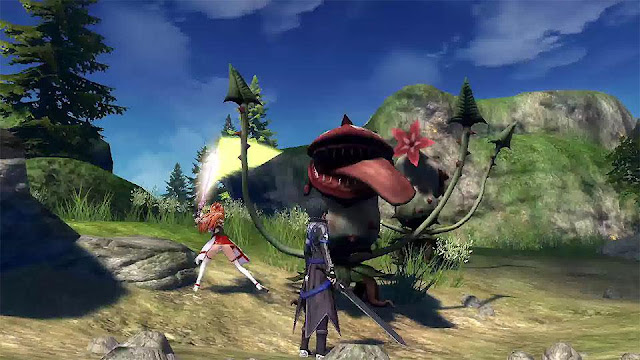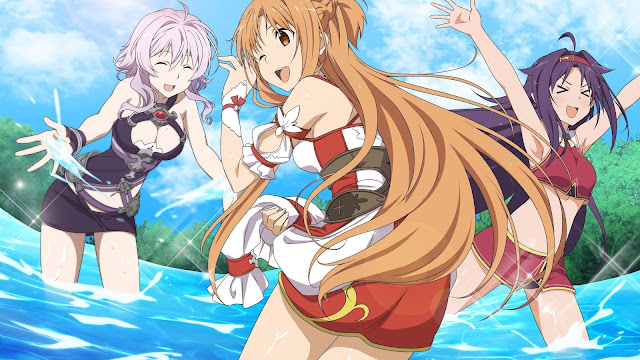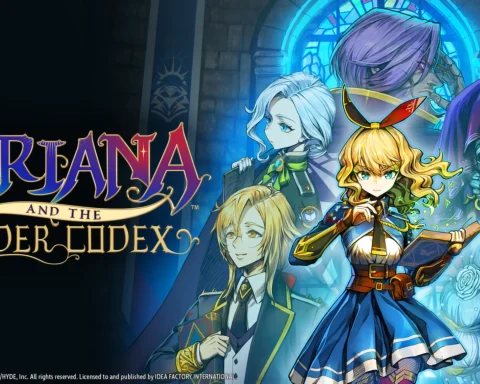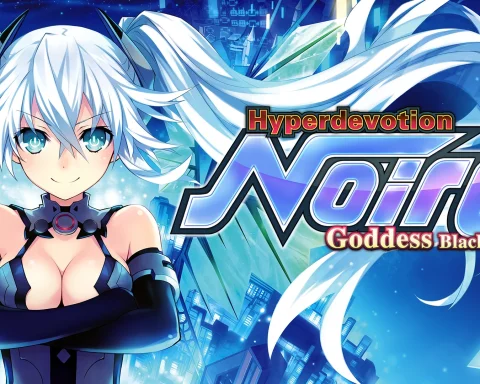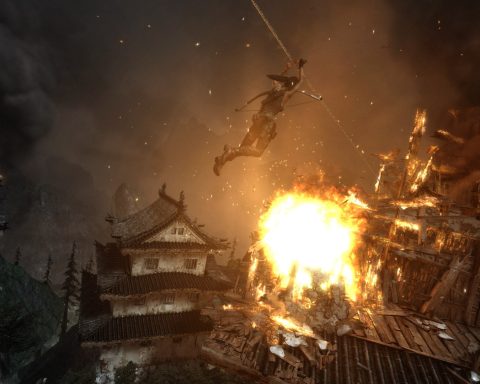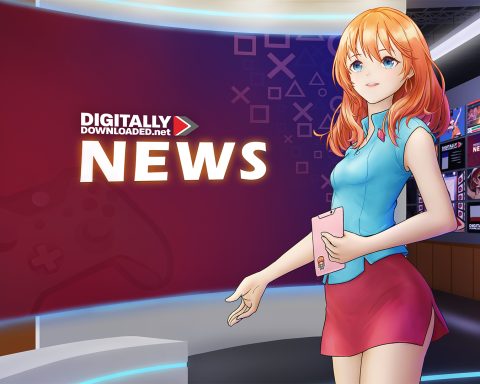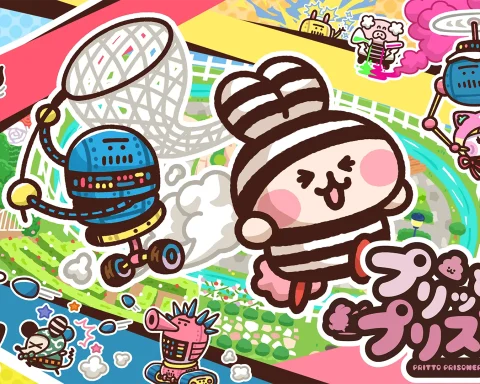Sword Art Online: Hollow Realization features the latest interpretation of the game’s land of Aincrad, this time rechristened Ainground. Despite reusing assets from past titles, the innumerable tweaks and overhauls should certainly beguile existing fans of the franchise. If you’ve never played one of the prequels, though, let’s make this perfectly clear from the outset: these games are single player MMOs. That’s not to say they don’t boast an overall gameplay structure identical to 95 per cent of the free-to-play titles you’ll find on a PC, though; the grinding, quests, mobs, inventory management, and just about every mechanic is executed as you’d expect here. You’d be forgiven for believing it was full-fledged MMO at a glance due to the actions of AI-controlled NPCs that work hard to replicate the visual style of having hundreds of real people wandering around the world.
Sword Art Online: Hollow Realization augments the formula of past entries and largely succeeds by doing so. Flaunting striking landscapes that feel plucked from the anime but retooled for newfound novelty, series aficionados will find plenty to love. It’s just hard to shake the feeling that, if injected with a stronger narrative and creative risks that better played to the IP’s core themes, it could have been elevated from pleasant fanservice to an essential outing. Experience the game with the mindset of wanting to get lost in a virtual world, though, and you’ll be pleasantly surprised by Hollow Realization’s hidden charms.
Anime Editor

